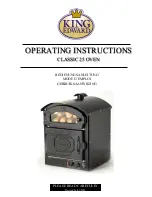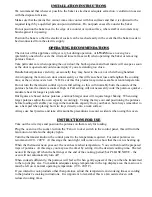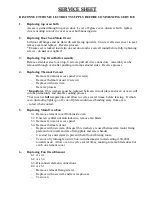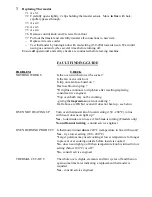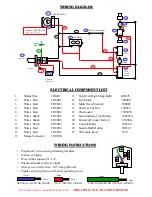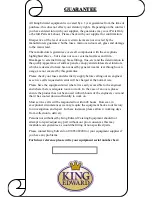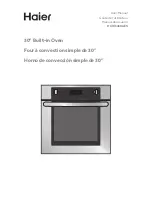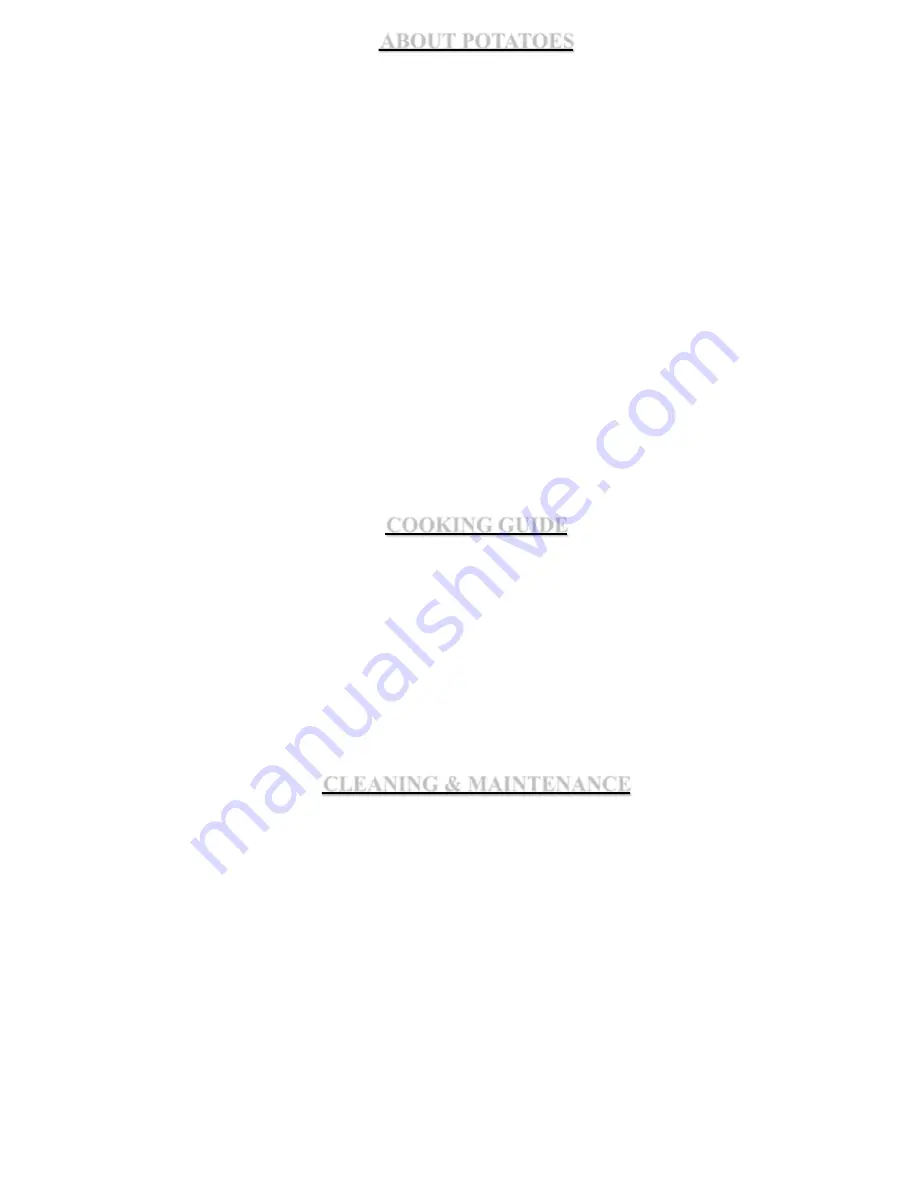
ABOUT POTATOES
We recommend the use of washed and graded
baking
potatoes as non-baking varieties take longer to
cook and don’t produce such good results. King Edward, Maris Piper or Desiree are three good baking
varieties although your supplier may be able to recommend others to you.
Some ways you can prepare your potatoes include:
Rubbing the skins in olive oil and salt. ~ (makes the skins crisper)
Pricking the skins ~ (may reduce the risk of the potatoes bursting)
Wrapping them in foil ~ (produces a much “wetter” potato with a soft, thin skin, also increases the
cooking time, ~ not really a proper “jacket” potato).
The skin of the potato will become thicker and crunchier if it is cooked for longer at a lower
temperature. However once the baked potatoes are removed from the oven, the skins will become softer
as they reduce in temperature. Once removed from the very hot temperature of the baking oven and
placed into the lower temperature of the display area, the potatoes will inevitably reduce in core
temperature. The display area is intentionally at a lower temperature to prevent the potato from over-
cooking; this also helps to prolong the display life of the potato.
Despite being prepared and cooked in the same way, the same batch of potatoes can produce different
results! Please use the method of baking that suits you best and gives you the results you want ~
HAPPY BAKING!
COOKING GUIDE
How long it will take to cook an oven full of potatoes will depend upon a number of factors: the size of
potato, oven temperature and even the type of potato. In general, however, you should expect:
24 x 8oz potatoes at 190 - 200°C for 60 minutes
18 x 10oz potatoes at 190 - 200°C for 70 minutes
When the oven is fully loaded, particularly with larger potatoes, air-flow inside may become
restricted. In this case, it may be desirable to reduce the cooking temperature and increase the
cooking time.
CLEANING & MAINTENANCE
Always allow the oven to cool and unplug it at the socket before cleaning; when the oven has cooled
clean the interior with warm soapy water and a cloth and/or a proprietary stainless steel cleaner.
For ease of cleaning, you may remove the wire trays and the fan/element cover from inside the oven.
NB: you only need loosen the screws holding the fan cover in place – do not fully remove.
Clean glass with a glass cleaner for ovens. Exterior metal surfaces may be cleaned with warm soapy
water and a soft cloth. Dry off all surfaces with a soft cloth to prevent smears. Stubborn spills or marks
may be removed more easily when the oven is still slightly warm.
The menu board can be wiped off with a damp cloth or with a proprietary glass cleaner. The menu
board can also be fully removed for easier cleaning – unscrew the retaining bolt at the base of the oven
and allow the board to drop out. Reverse process to reassemble.
Never use abrasive or corrosive materials on any of the oven surfaces.
Oil or grease the door catch regularly.
DO NOT SUBMERGE THIS BAKER IN WATER OR USE ANY WATER JETS TO CLEAN IT

